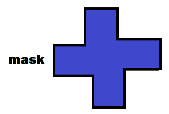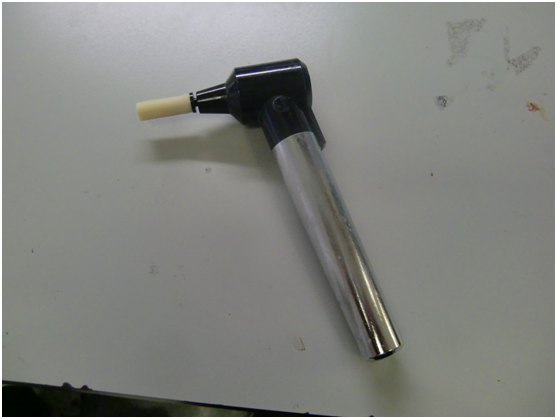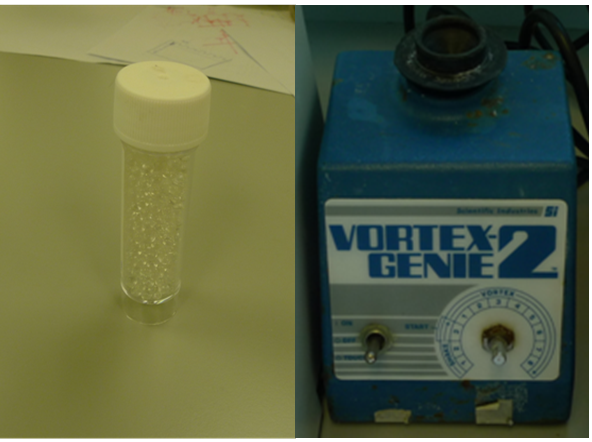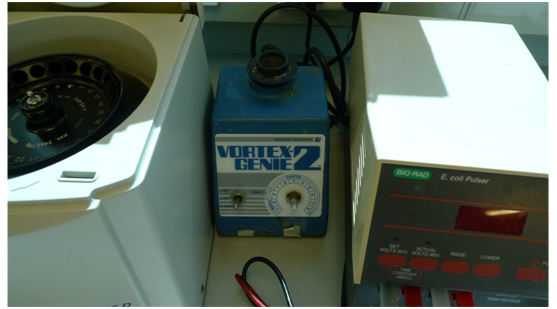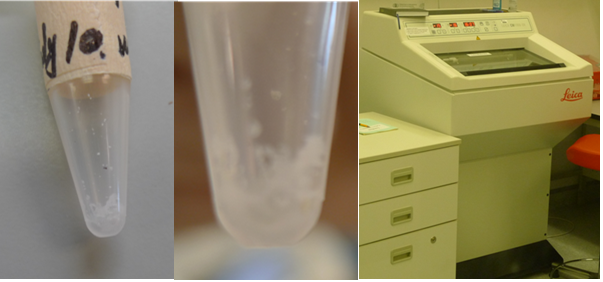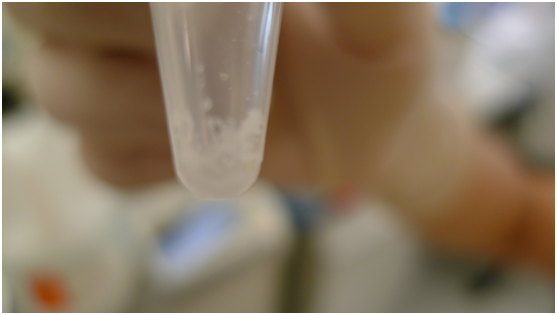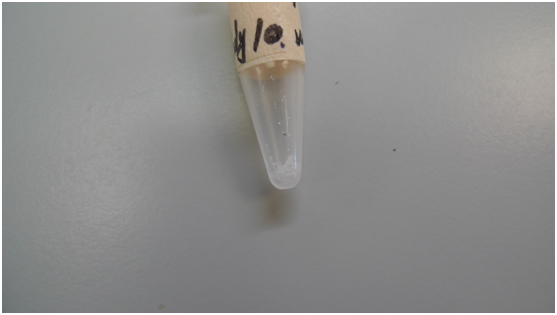Team:HKU-HKBU/motor results
From 2009.igem.org
Motor - Results
Motor Production
Step 1 - Photoresist (SU-8) Spin Coating
Note:
- Typical contaminants that must be removed prior to photoresist (SU-8) coating.
- Adhesion promoters are used to assist resist coating.
- Ideally want no H2O on wafer surface.
- Wafer is held on a spinner chuck by vacuum and resist is coated to uniform thickness by spin coating.
- Resist thickness is 1-2 mm.
Step 2 - Alignment and Exposure
Note:
- For simple contact, proximity, and projection systems, the mask is the same size and scale as the printed wafer pattern.
- Projection systems give the ability to change the reproduction ratio. Going to 10:1 reduction allows larger size patterns on the mask, which is more robust to mask defects.
- Normally requires at least two alignment mark sets on opposite sides of wafer or stepped region.
- We use "deep ultraviolet", which is produced by excimer lasers, as light source.
Step 3 - Dry Etch
Note:
- Dry Etching is an etching process that does not utilize any liquid chemicals or etchants to remove materials from the wafer, generating only volatile byproducts in the process.
- Dry etching may be accomplished by any of the following: 1) through chemical reactions that consume the material, using chemically reactive gases or plasma; 2) physical removal of the material, usually by momentum transfer; or 3) a combination of both physical removal and chemical reactions.
- In this project, we use chemically reactive gases to consume Si.
Step 4 - Photoresist (SU-8) Spin Coating
Note:
Please refer to step 1.
Step 5 - Alignment and Exposure
Note:
Please refer to step 2.
Step 6 - Silver Plating
Note:
- A silver coating is plated onto the “primary motor”, which is around 50μm thick.
Step 7 - Photoresist Removal (Stripping)
Note:
- The aim is to remove the photoresist and any of its residues.
- We use Hydrofluoric acid to remove the photoresist (SU-8). While it is extremely corrosive and difficult to handle, it is technically a weak acid. It can react with SiO2 and SU-8 and dissolve them, while, it cannot react with silver (Ag). Thus, we get the motor with one side coated with Ag, while the other side is not. At the same time, the substrate SiO2 has also been removed, only remaining the motors.
Step 8 - Biotin Binding
Biotin can only bind on the silver (Ag) side, while the other side (Si) will have no biotin.
Membrane Production
Step 1
The Immobolin-P membrane was first made wet and consequently homogenized with a mini-homogenizer.
Results: The membrane could not be broken into small pieces.
Step 2
The Immobolin-P membrane was first moistened, then it was put into a 10ml centrifugation tube. The tube was then totally filled with glass beads, and undergo vortexing subsequently.
Results: The membrane remained intact.
Step 3
The Immobolin-P membrane was moistened and liquefied nitrogen was poured onto it. The membrane was broken into pieces by human hands.
Results: The membrane remained intact.
Step 4
The Immobolin-P membrane was first biotinylated and cut into very small pieces by human hands. Then, the membrane fragments were put into a mould made with aluminium foil and fixed into it with the help of glue. The mould along with the membrane fragment were cut with a Leica-crytomicrotome into further smaller pieces the size of 100umx60umx100um.
Step 5
Some elemental silicon fragments were put inside a 1-ml eppendorf tube. The protein-biotin complex and some concentrated HCL were then added into the same tube. The tube was put inside a water bath for 2 hours. The silicon fragments were made dry by rinsing with PBS and followed by air drying. Then, some streptavidin containing beads were added onto the fragments. The fragments were observed under a microscope.
Results: No beads were bound to the silicon fragments.
Step 6
The silicon fragments were silanized by soaking them for 2 h in a solution of aminopropyl triethoxyl silane (3% aminopropyl triethoxyl silane, 2% acetic acid, 5% water, 90% ethanol), then rinsed with ethanol, and dried with a PCR machine for 5 mins. The amino-coated rotors (Fig. 2Bh) were then reacted with 1 mM succinimidyl-6-(biotinamido)-6-hexana- mido hexanoate (EZ-Link NHS-LC-LC-biotin; Pierce, Rock- ford, IL) dissolved in 40 mM phosphate buffer (pH 8.0) for 1 h at 37°C. Then strepatavidin beads were allowed to bind onto it and the fragments were observed under a microscope.
 "
"





